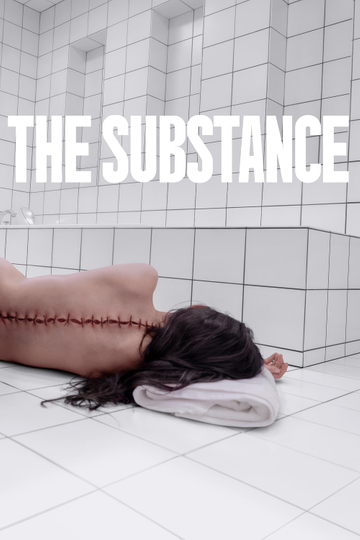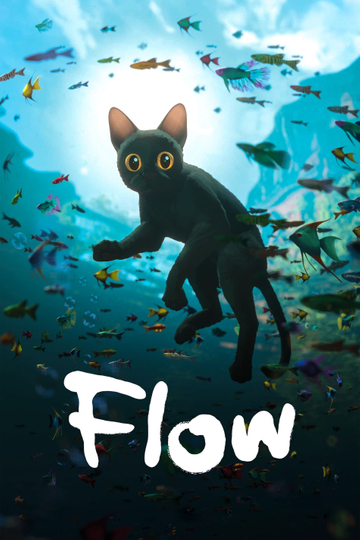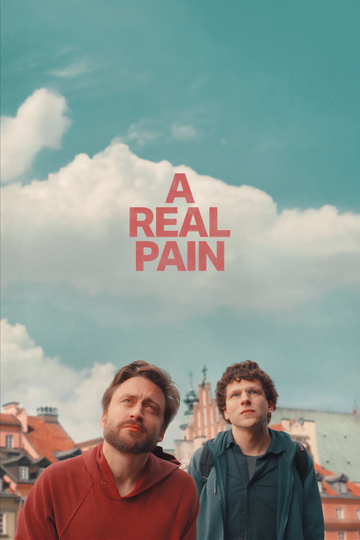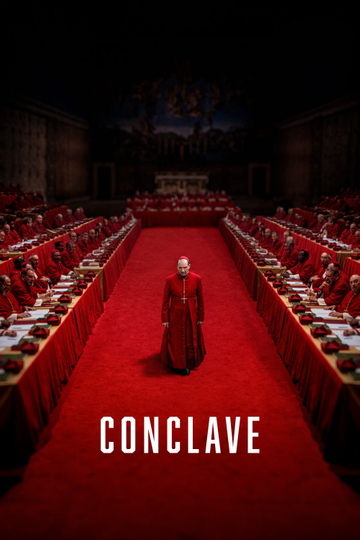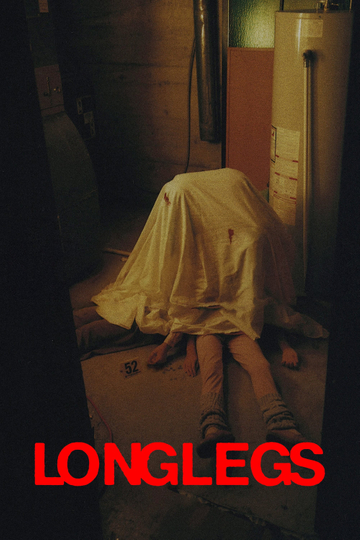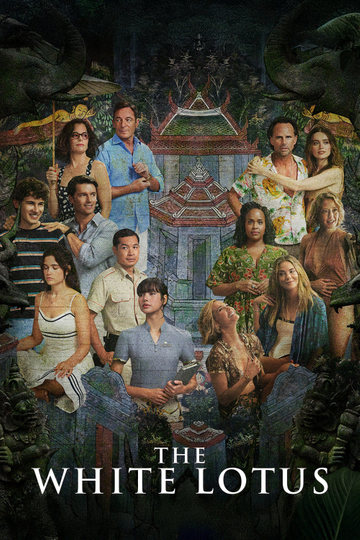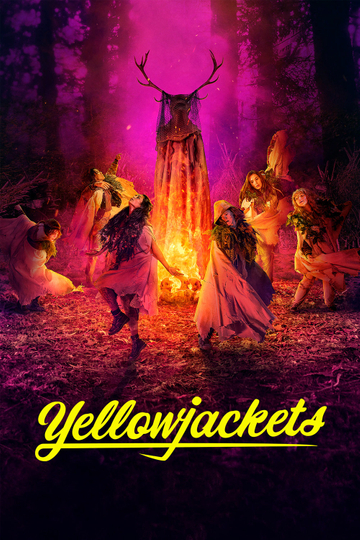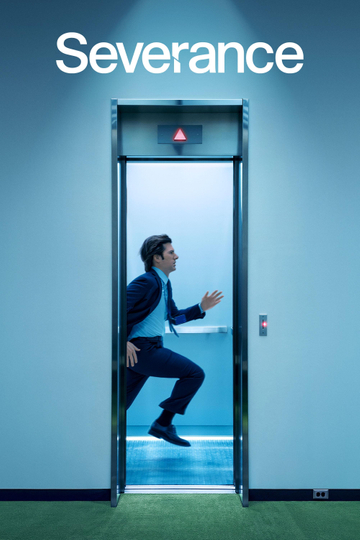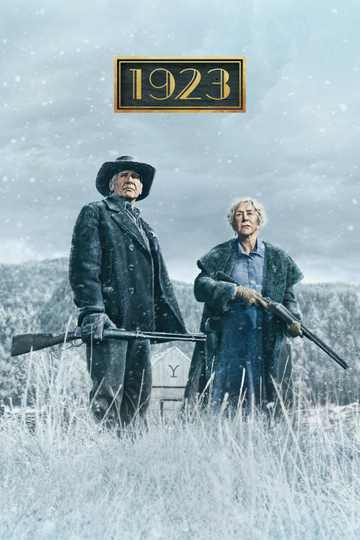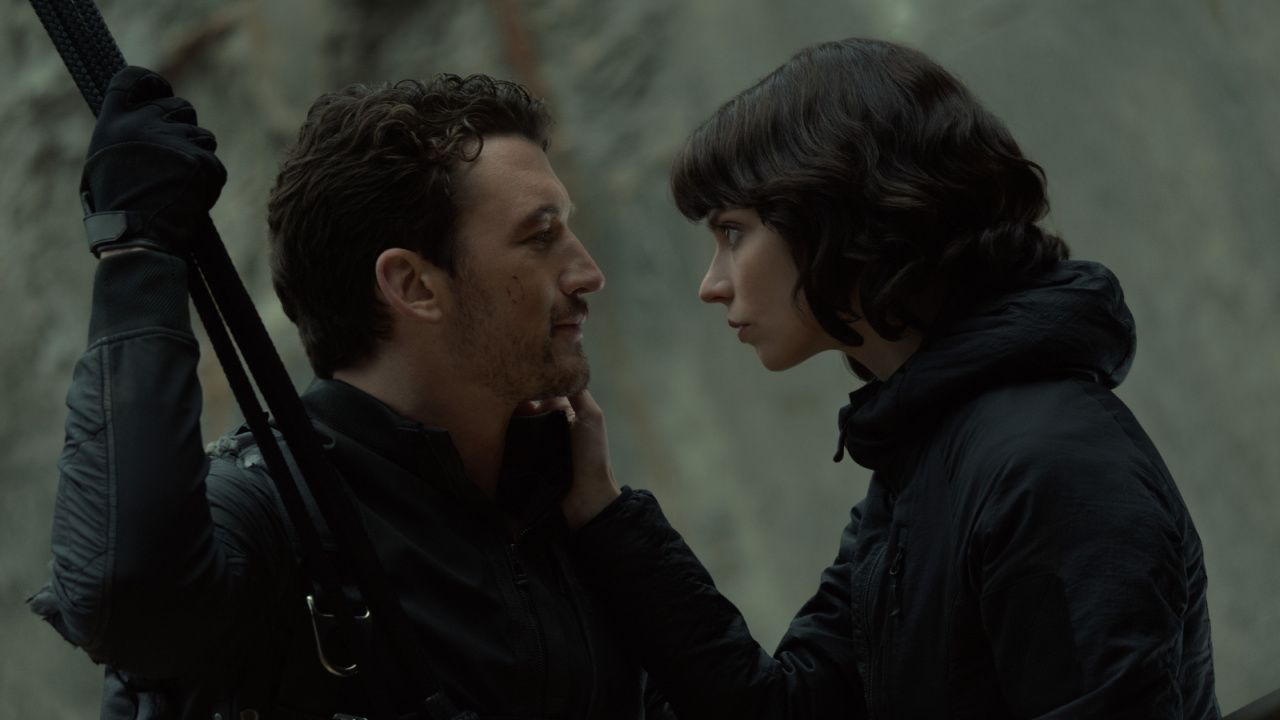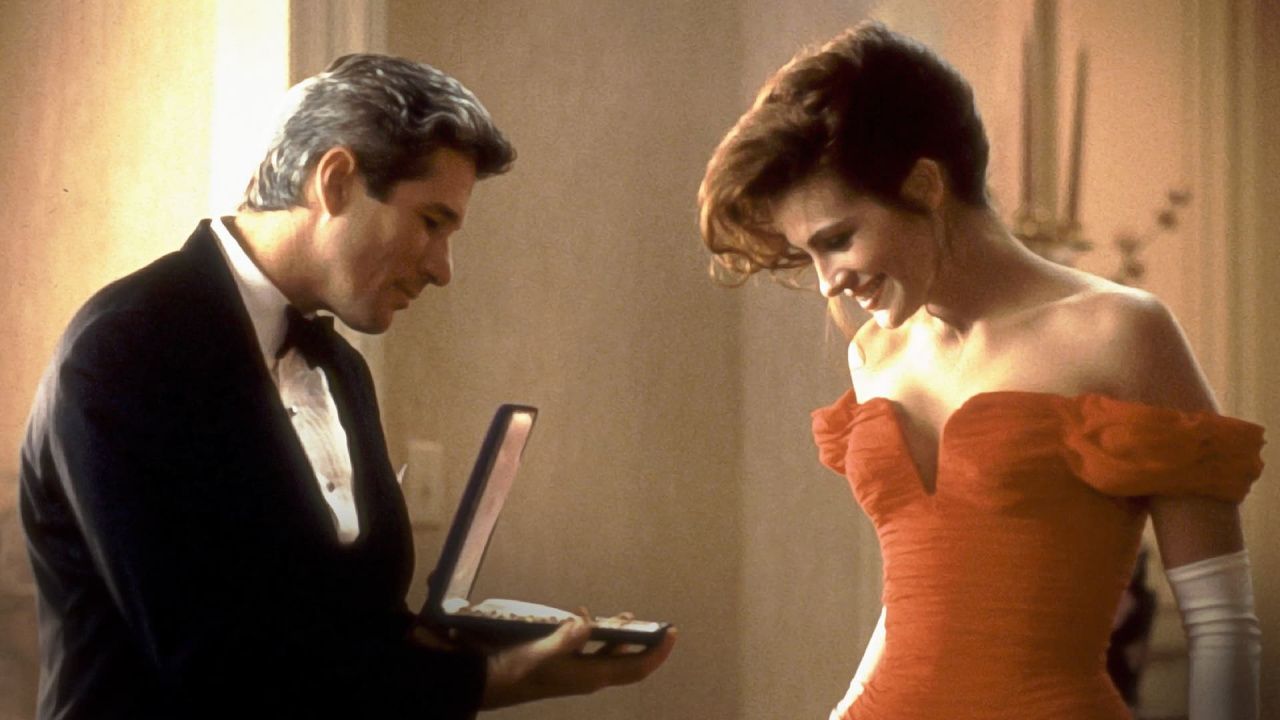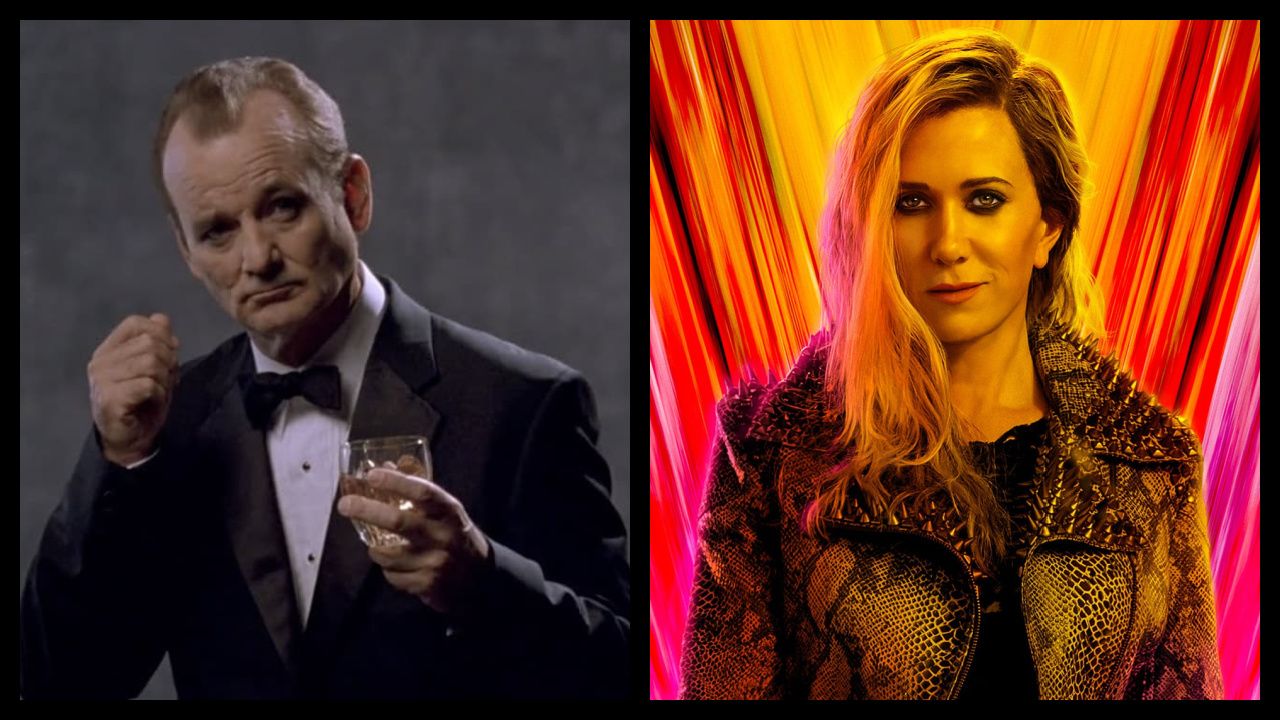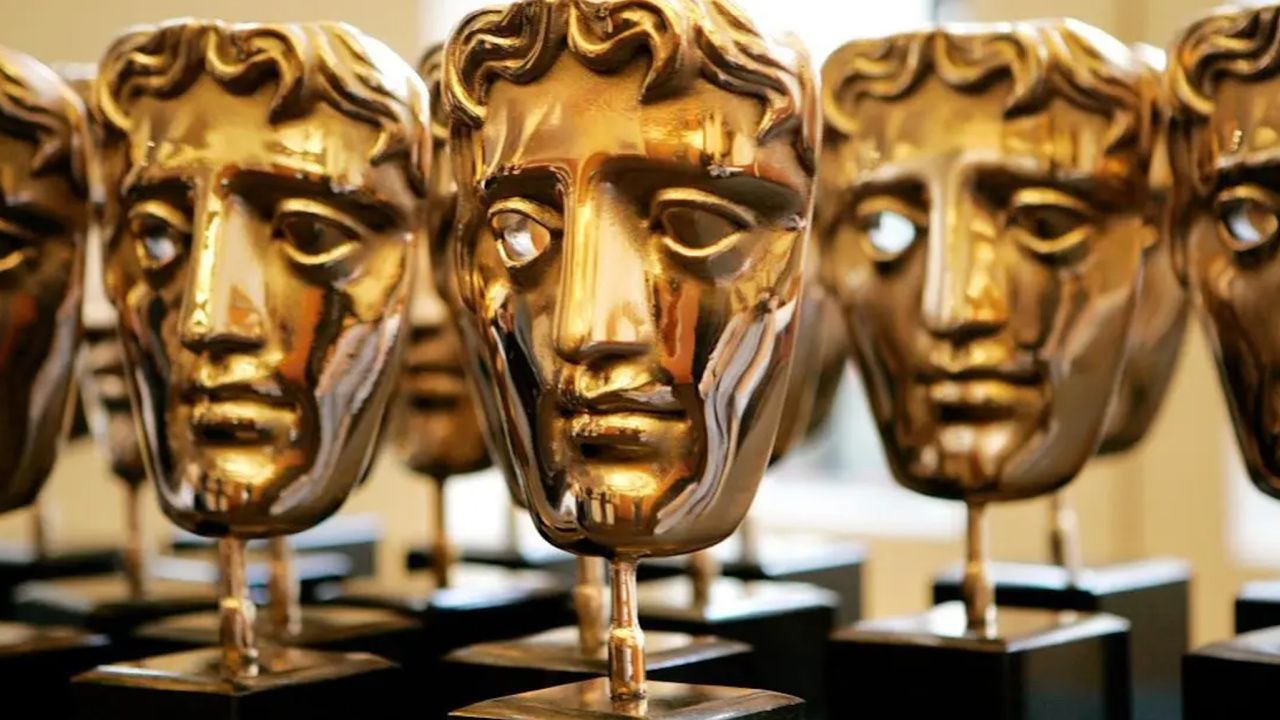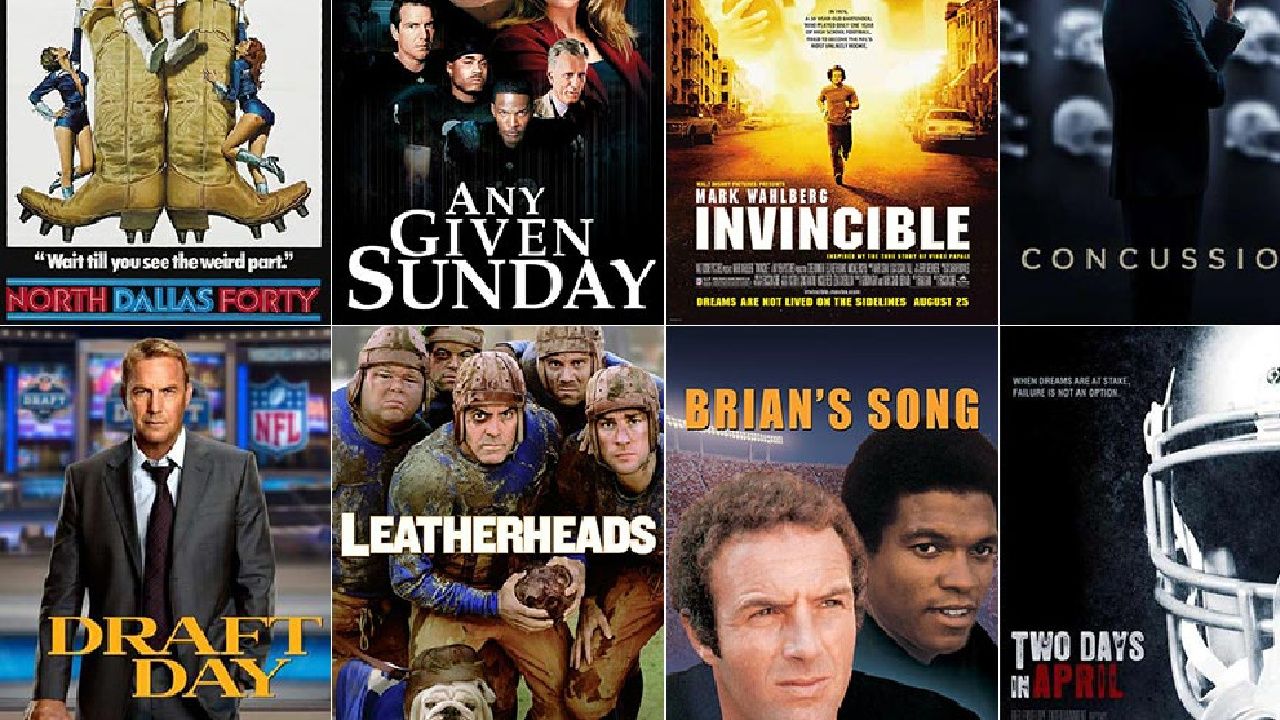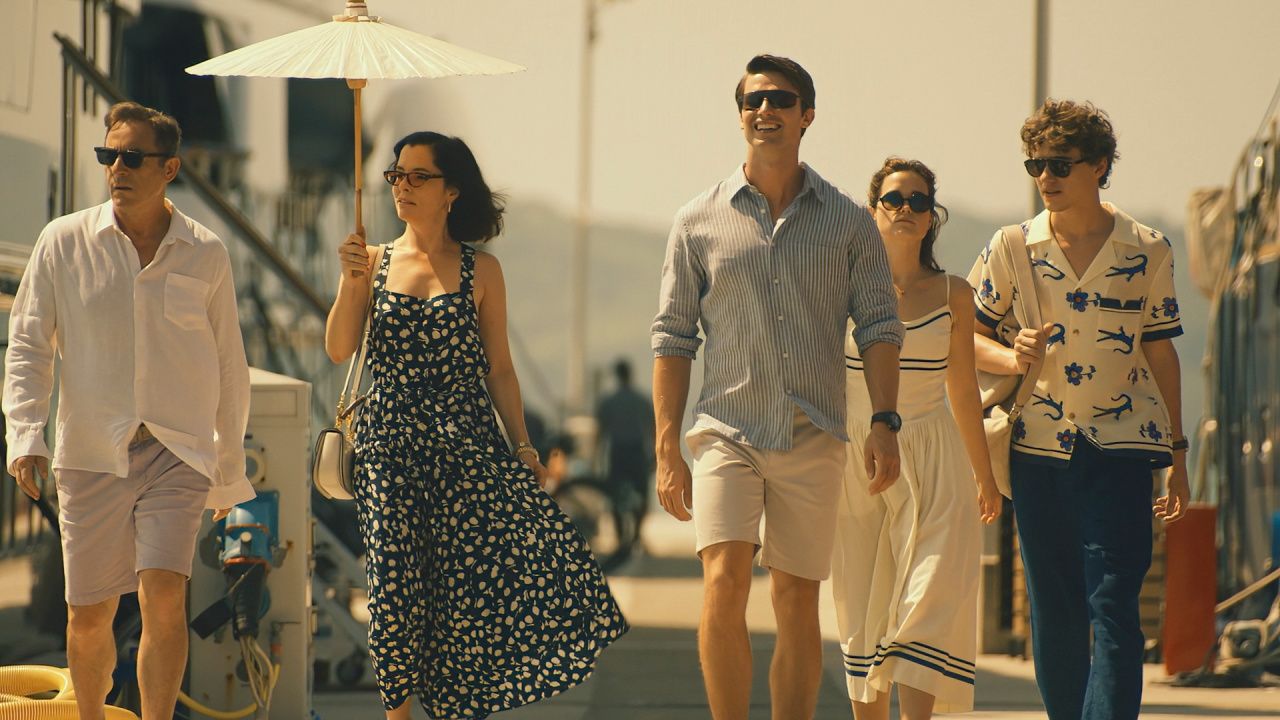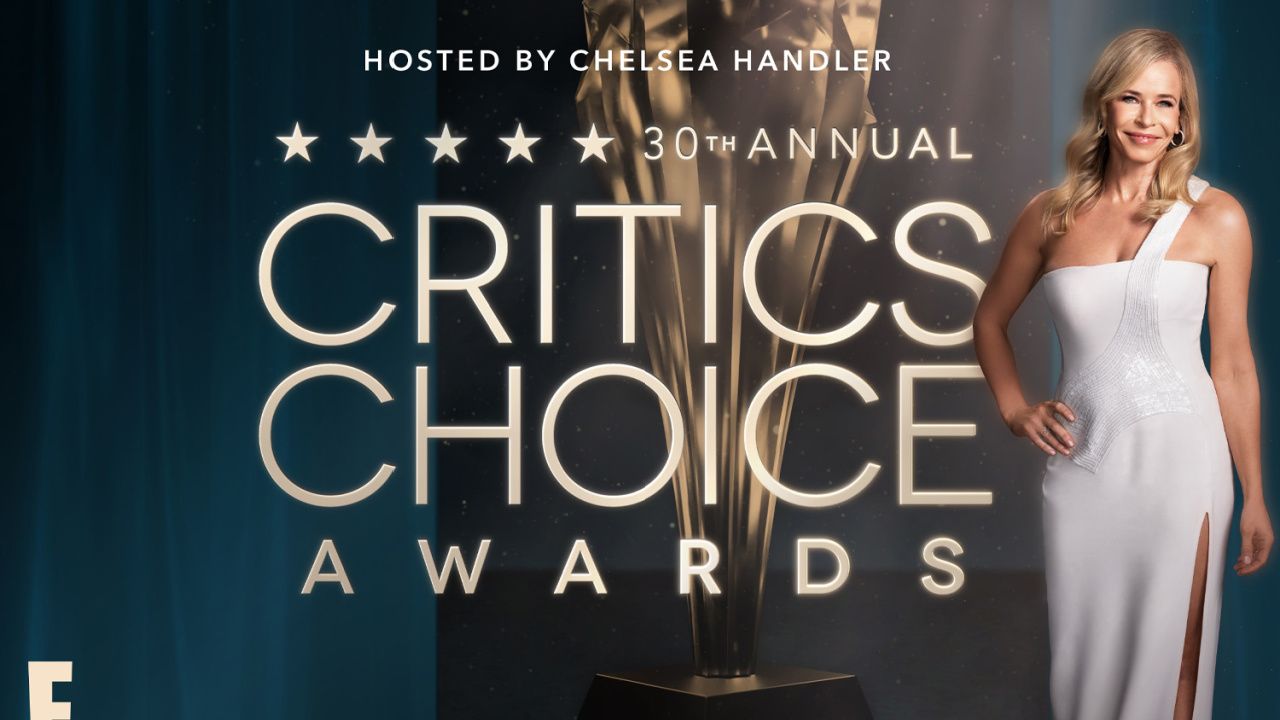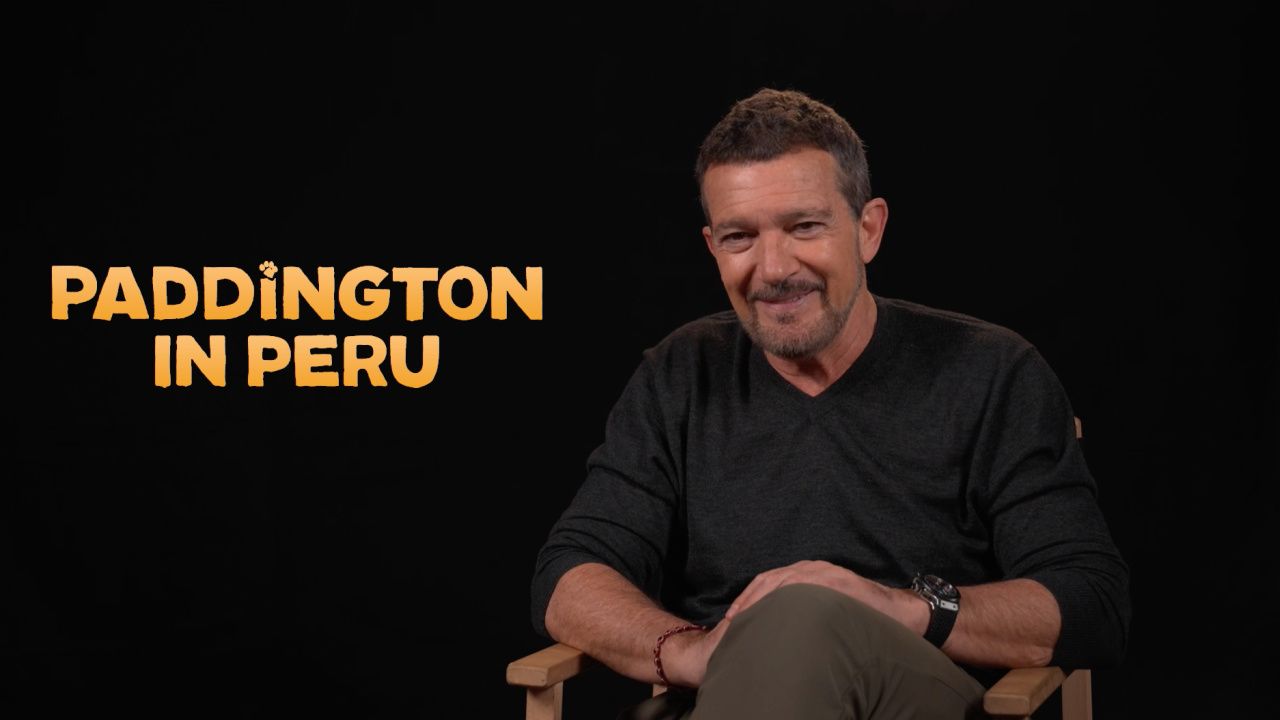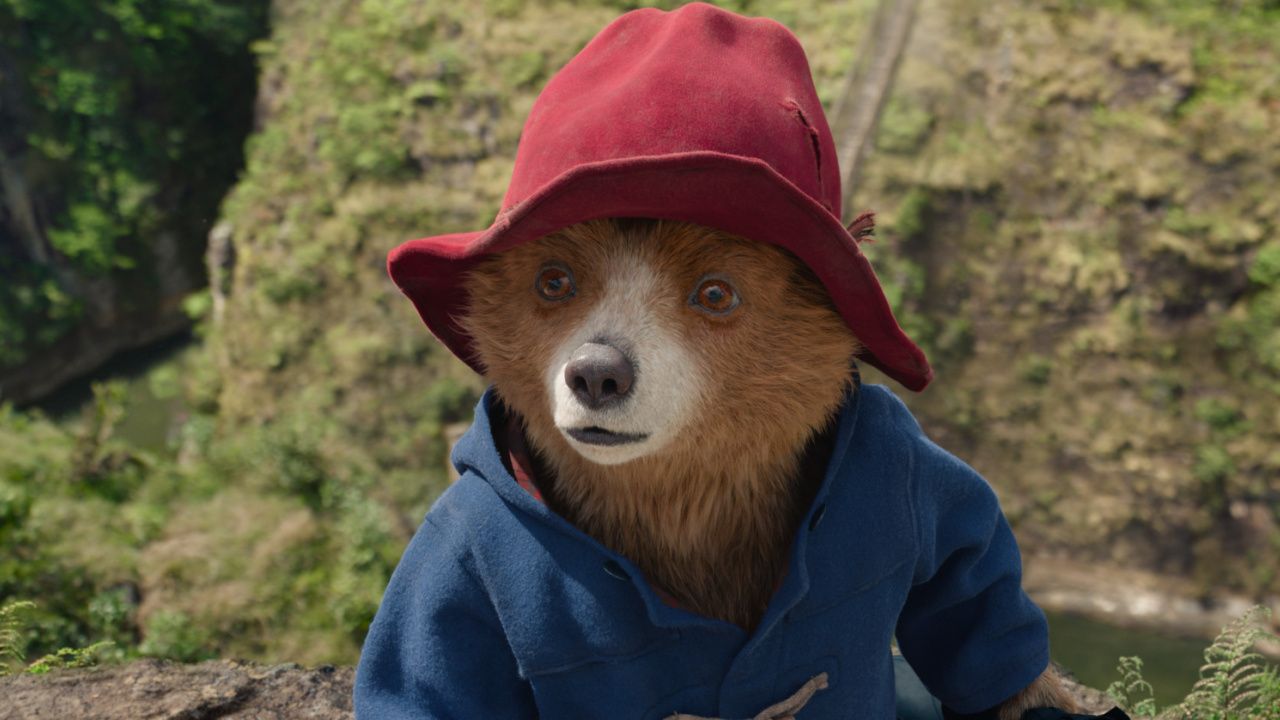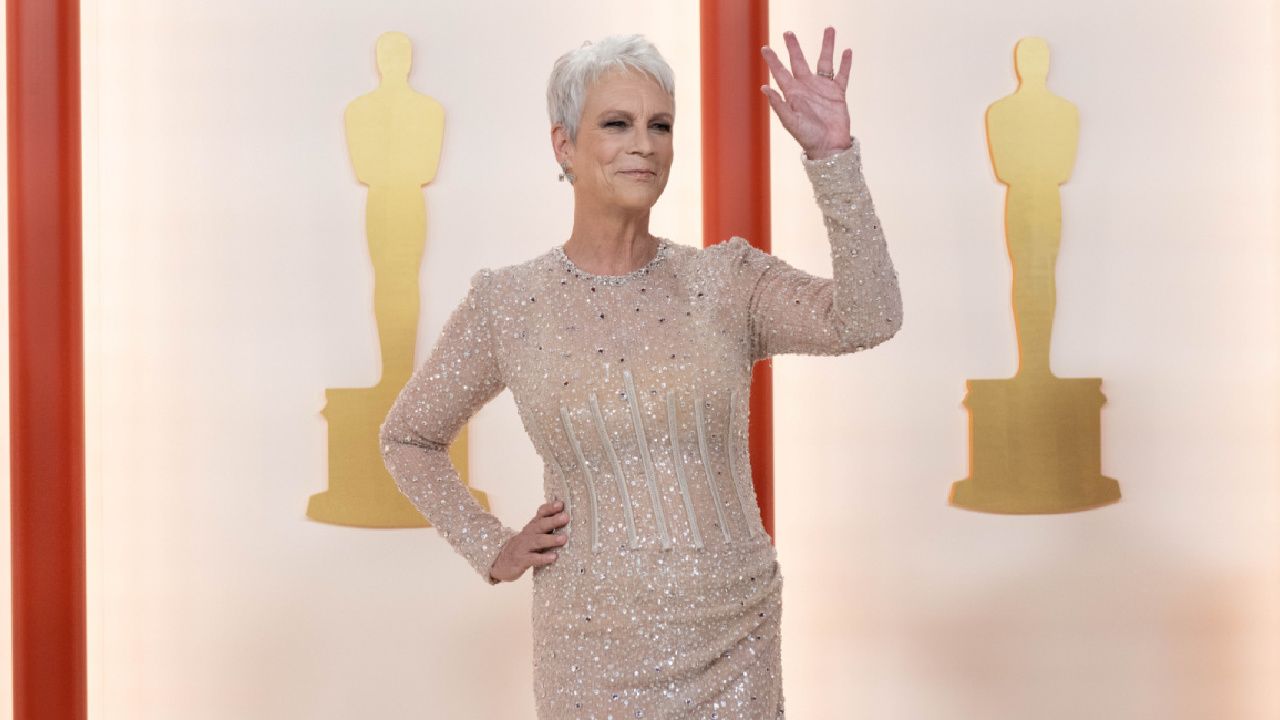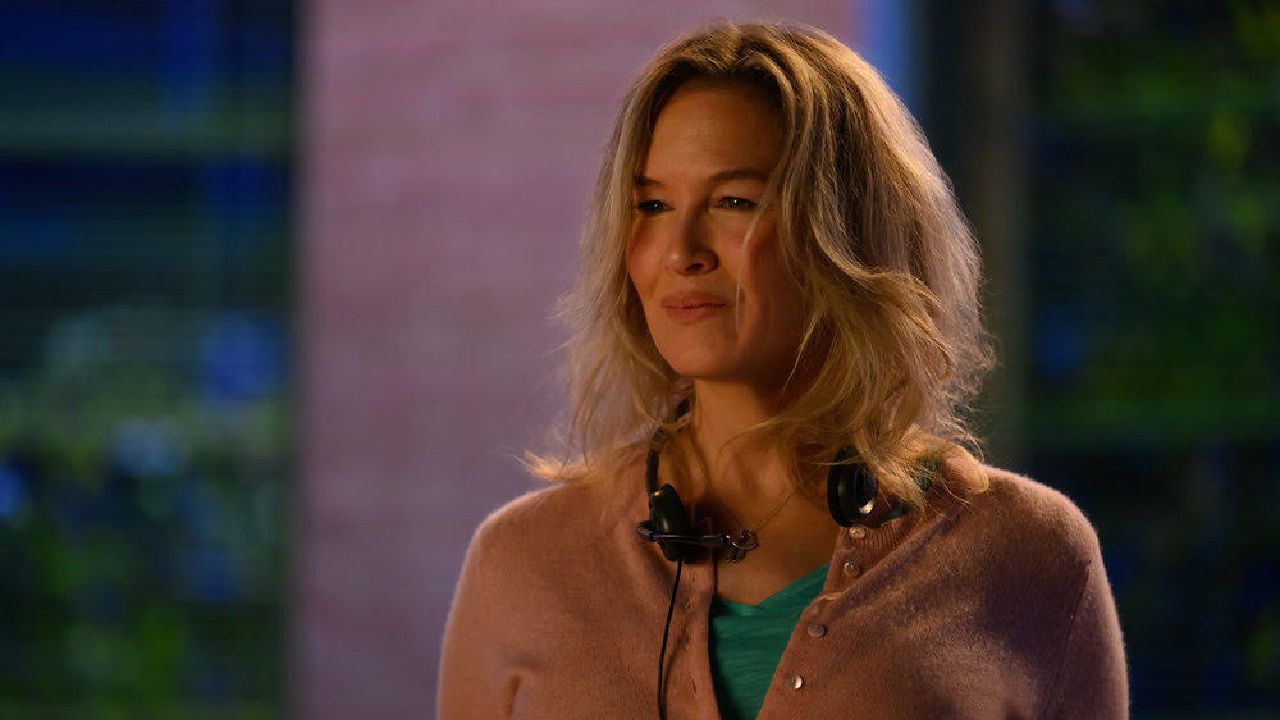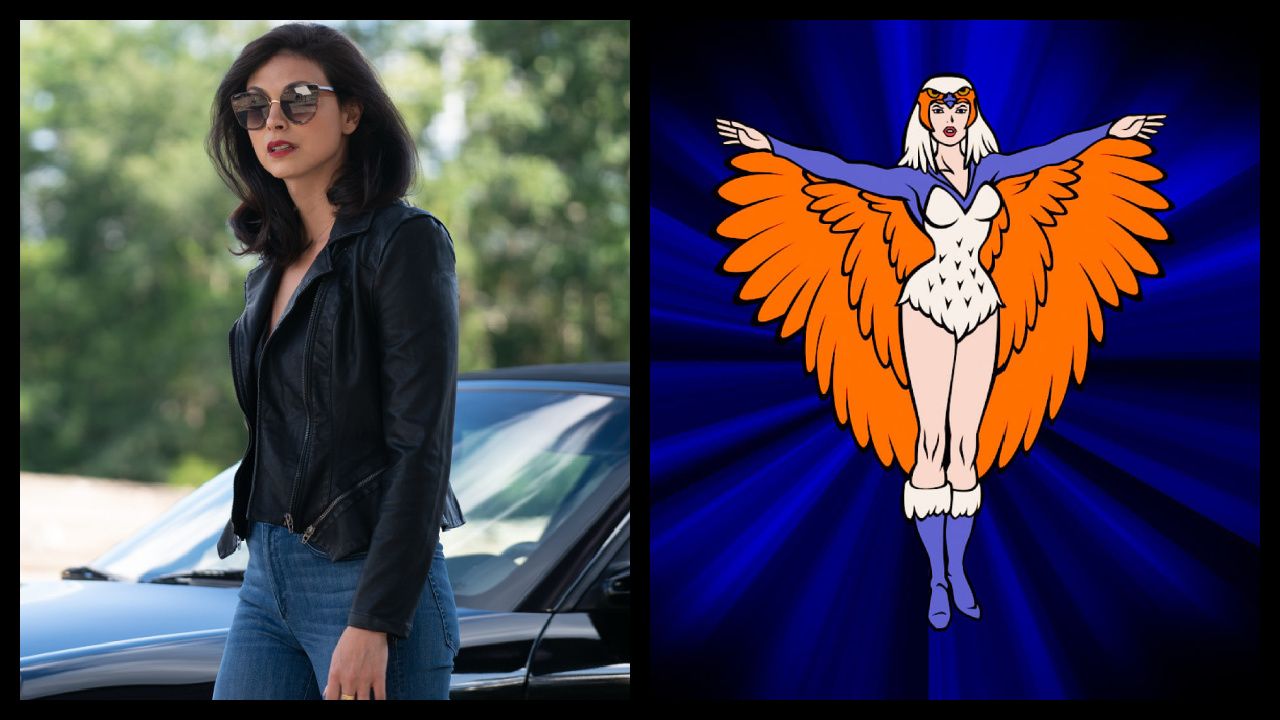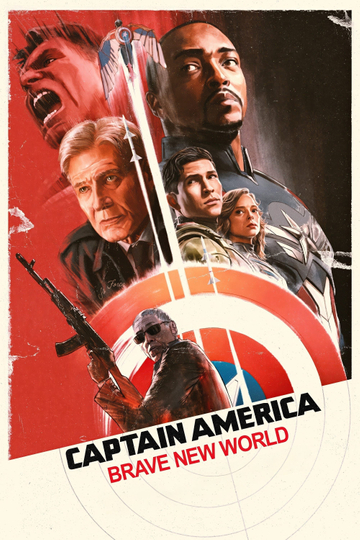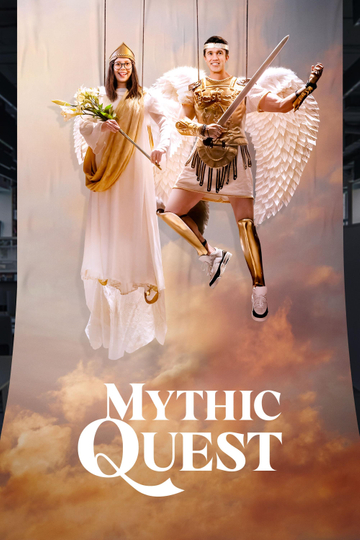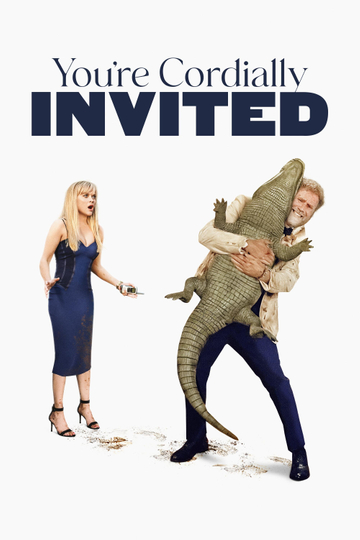‘Scary Stories to Tell in the Dark' Producer Guillermo del Toro Says His ‘Haunted Mansion’ Movie with Ryan Gosling Was Going to Happen
For many young readers “Scary Stories to Tell in the Dark,” the series of books by Alvin Schwartz and illustrated by Stephen Gammell, was their entry point to the flesh-crawling world of horror fiction. Each book contained micro-tales to chill your blood (they each contain more than 25 macabre stories), with some so indelible that they’ve probably never left your nightmares. And now, modern day horror maestros Guillermo del Toro and director André Øvredal are bringing “Scary Stories to Tell in the Dark” to a whole new audience with their feature-film adaptation.
At turns scary and sweet, their adaptation takes place in a small town in 1968 on Halloween, when some kids come across a book supposedly written by a witch. After they start reading the stories, well, they start coming to gruesome life. If you’re a fan of the books, you’ll definitely see some familiar faces (the Jangly Man, Harold the horrifying scarecrow) but there’s enough reinvention and contextualization that everything will feel new and fresh.
Moviefone was lucky enough to sit down with del Toro and Øvredal to talk about how this movie escaped development hell, whether or not del Toro brought anything over from his doomed “Haunted Mansion” project at Disney, why they set the film in 1968 and how del Toro’s next film, “Nightmare Alley,” is coming.
Moviefone: Guillermo, you’re notorious for having developed a number of projects that have never seen the light of day. What was it about “Scary Stories to Tell in the Dark” that pushed it through?
Guillermo del Toro: As with everything, serendipity. You never know. I’ve said this before, but the natural state of a movie is not to get made. And then when they get made, it’s a miracle. Right circumstances, wrong circumstances, something falls through, you never know.
So what were the circumstances that got this through?
GDT: I think the marriage of the material and the people behind it. And it felt like the right time to tackle a young adult movie, the equivalent of a young adult book. It’s a whole-hearted movie that is thrilling, creepy but at the same time something you can go to with some of your kids, not all of them. It felt like the right time for that.
How did you and André connect?
GDT: I was tweeting madly about André and “The Autopsy of Jane Doe” and I started following him and we started DM-ing.
Did you know these books growing up?
Øvredal: No, I grew up in Norway, obviously, and they were never published there.
GDT: The trolls ate them.
Guillermo, you’ve worked on a “Haunted Mansion” movie for many years and every time I see you, I have to ask what the status is.
GDT: Honestly, for the life of me … We have had two or three screenplays that I would have gladly shot. In my opinion they were ready to be made. We’ve had a studio that has gone through a couple of seismic changes in that period. And The Haunted Mansion is not an attraction, it’s a way of life. And it’s quite significant for some of us. It’s almost like, if you get anything wrong, the whole movie is wrong. I don’t know if it’ll ever happen.
Was Ryan Gosling ever attached?
GDT: Yes. Ryan was involved in developing one of those scripts. He was very involved with the idea of the character. And then we drifted away. This happens so much in the movie business. When somebody calls me and I say, “How is your movie?” And they say, “I’m a week away from shooting, I have all of my actors,” and I go, “Okay, that doesn’t mean anything.” I believe a movie is real when the Blu-ray comes out. That’s how I know it’s going to happen.
Did any of those ideas for “Haunted Mansion” wind up in “Scary Stories to Tell in the Dark?”
GDT: No, none of them.
Would you go back to it?
GDT: I’m not sure I would shoot it right now. My gauging of interest is moot but I would love to see a “Haunted Mansion” movie by someone who loves it.
How beholden to the original illustrations by Stephen Gammell?
GDT: Very.
Øvredal: Extremely.
Were you consulting them on set?
Øvredal: Absolutely.
GDT: We had them at every point.
Øvredal: Yeah, even certain shots of Harold we would look at the illustration and say, “We need to move his head like that, we need to move him like this.”
GDT: And Andre tried to Gammell some of the sets and tried to do certain shadows on the wall.
You own some of the original illustrations. What is it about these illustrations that speak to you?
GDT: It’s hard to explain. He seems to draw these gossamer-like, vaporous smoky tendril illustrations and to make them 3D was very challenging. But we did have some of the very, very best make-up effects guys. A quarter of a century, I’ve known everybody. And I know these guys are top of the line.
Can you talk about the decision to set the movie in 1968?
GDT: That happened very early. I knew that we needed a time that was a little parallel to now, in some respects, and a time that would politically illuminate today, that would circumstantially illuminate the fact that the stories you repeat blindly can become fact, pre-social media in a way. But at the same time the ‘60s are great because the kids don’t have Google, they don’t have DM-ing, they cannot text the police, they cannot Instagram where they are. That gave a weight to the stories that was different.
Was there any pushback from the studio?
GDT: Oh yeah. Very, very early on we were in a meeting and somebody said, “Well, we would like to set it in a different time.” And I said, “Best of luck. You can do that, but not with me.” Because it was so important to me, this period, it was so important texturally. It was so important because of the “Once Upon a Time …” of it all. You are allowed to say “Once Upon a Time …” there was this thing. It creates a sense of melancholy and a sense of truth to the thing that is irreplaceable.
It’s set very close to when “Shape of Water” is set, too, right?
GDT: “Shape of Water” is many years before. It’s right before Kennedy is shot and this is right around the Nixon election. But there are two periods I’m really quite taken by – the late ‘30s all the way to the mid-‘40s and the transition from the ‘50s to the ‘60s, because they are two changes in the modern pendulum that really compel me.
You brought up the ‘30s and ‘40s so I have to ask: how is “Nightmare Alley” going?
GDT: That’s precisely it, yeah. This book I read for the first time in 1992. Ron Perlman gave it to me. Ron said, “Read this book.” I thought, There’s a fantastic movie here. Then we watched the 1947 Tyrone Power movie and I thought, It’s very different from the book. But there were so many aspects that were so much more disturbing to me, from the book.
And now Ron Perlman is going to be in the movie!
GDT: Yeah!
This movie ends on a very cliffhanger-y note. Are you both committed to coming back?
Øvredal: If the audience loves it, of course we’d love to come back.
GDT: If Andre does it, yes. You’ll see. If Andre doesn’t do it, you won’t see my name. Well you might see my name, but I won’t be at the junket. [Editor’s note: He wasn’t at the “Pacific Rim: Uprising” junket.]
“Scary Stories to Tell in the Dark” is in theaters everywhere tonight.
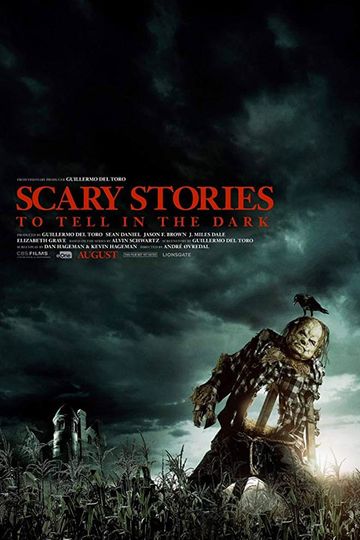
Scary Stories to Tell in the Dark

